The 2023 International Women’s Day theme is, “DigitALL: Innovation and technology for gender equality”.
This is aligned with the upcoming 67th Session of the Commission on the Status of Women (CSW-67), “Innovation and technological change, and education in the digital age for achieving gender equality and the empowerment of all women and girls”.
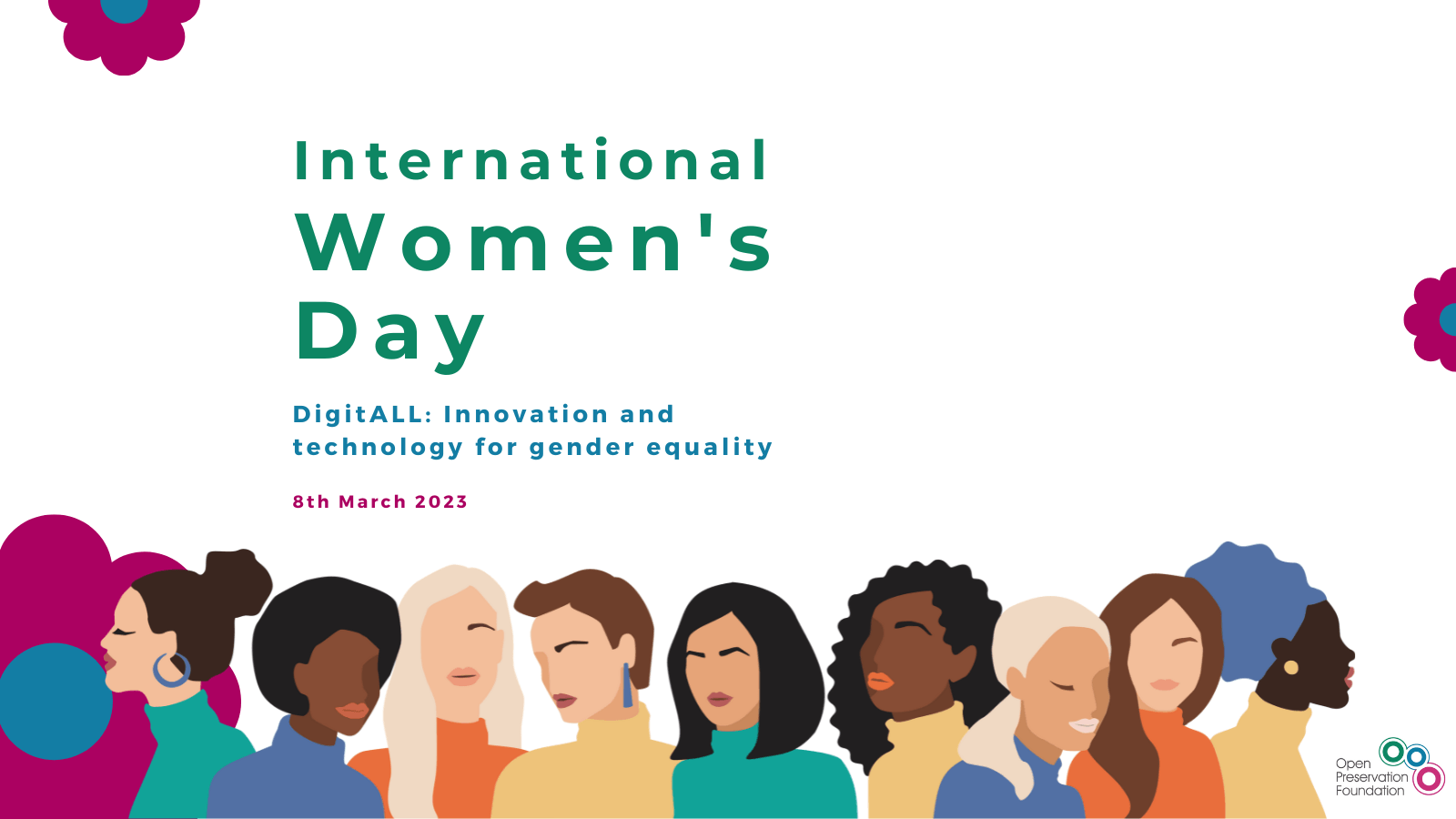
Involving women and other marginalised groups in conversations about technology will result in more inclusive solutions. While there are more immediate humanitarian challenges in discussion today, I believe that there is much we can do as a community of digital preservationists to help bridge narrative gaps. At the Open Preservation Foundation, we work to advance shared standards and solutions for digital preservation. We are in a good position to assist their DigitaALL plight. This International Women’s Day I would like to suggest an edit-a-thon, or a Wikipedia-editing community assignment over 2023. The basic goal is to take steps in a developmental direction.
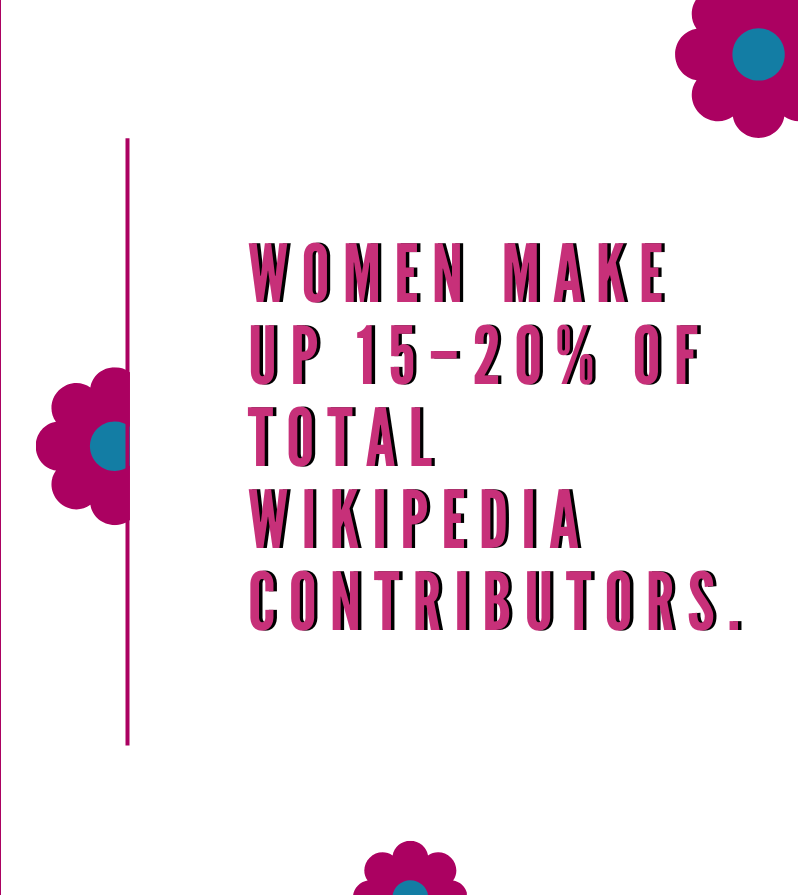
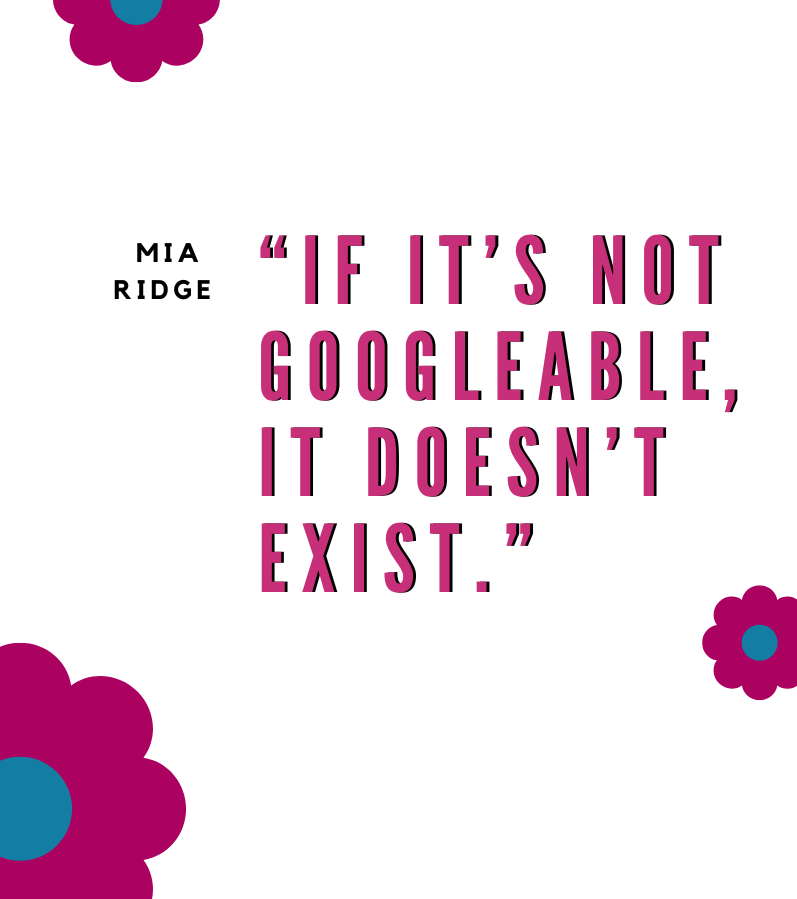
The New York Times piece from 2011 ‘Define Gender Gap? Look Up Wikipedia’s Contributor List’ was a revolutionary propeller for online conversations as to why so few women edit Wikipedia. While women comprise half of Wikipedia’s readers, twelve years later in 2023 they are still underrepresented as the site’s editors: in 2019, Katherine Maher, who was the CEO of Wikimedia Foundation at the time, said that women make up 15–20% of total contributors.
In an earlier article, Maher’s colleague Sue Gardner had previously written that the website’s culture discourages female participation.
Women editors often find that the significance and the sources of their entries are often questioned by male editors. In many cases, these entries are quickly nominated for deletion. Gardner wrote that the reasons women are less likely to contribute are varied and complex, such as the Wikipedia editing interface isn’t user-friendly, others did not like the confrontational culture that Wikipedia editors often encouraged, and some felt they lacked the expertise to contribute.
An obvious issue facing editors is that Wikipedia requires digital or archival citations to justify the entry. These are not often available, due largely to how female histories have been documented and attributed. We have to be creative to supplement conventional archival methods. There has been a recent wealth of research into women’s histories. Despite increasing availability, there is yet to be real visibility. The disconnect between the production of histories and their availability via discovery and access is frustrating. Especially when we consider that people contribute to what they are comfortable discussing, and male editors are less likely to contribute to female histories.
The assumption that women have not offered significant contributions is amplified by scarcity in the virtual world. Mia Ridge, a proponent of digital histories, argues that search engines shape our understanding and conceptions of the world. If a historian’s work does not have a presence online, the efforts and truth of the research are invisible – and there are more discussions to be had here if that work is behind a paywall. Ridge states, “If it’s not Googleable, it doesn’t exist.” Wikipedia articles usually show up first in Google searches, therefore taking action on the site is especially important when trying to build online visibility.
The length, depth and quantity of articles on Wikipedia also often display male bias. But, it is often not a case of the female-led work not being completed, but that it is undervalued.
We are in a uniquely fortunate position in this sector; most of us have access to archives and histories, and possess the digital competency to contribute – I believe that increasing the percentage of female editors and contributing to Wikipedia’s wider female-oriented documentation is achievable through 2023.
A new Wikipedia entry can be written in a few hours, as opposed to the process of writing an academic publication. This gives the editor time to organise the content and format the references necessary to pass the quality expectations. An existing entry can be edited in no time at all. Each edit-a-thon or personal edit has the potential to improve representation on the site, (and there’s something very satisfying about turning red links blue!) Another simple but potentially effective intervention is to add the brackets that transform the text into a red link; this indicates the possibility of a new entry and the evidence of the potential for new information. Red links can render the gaps and silences visible.
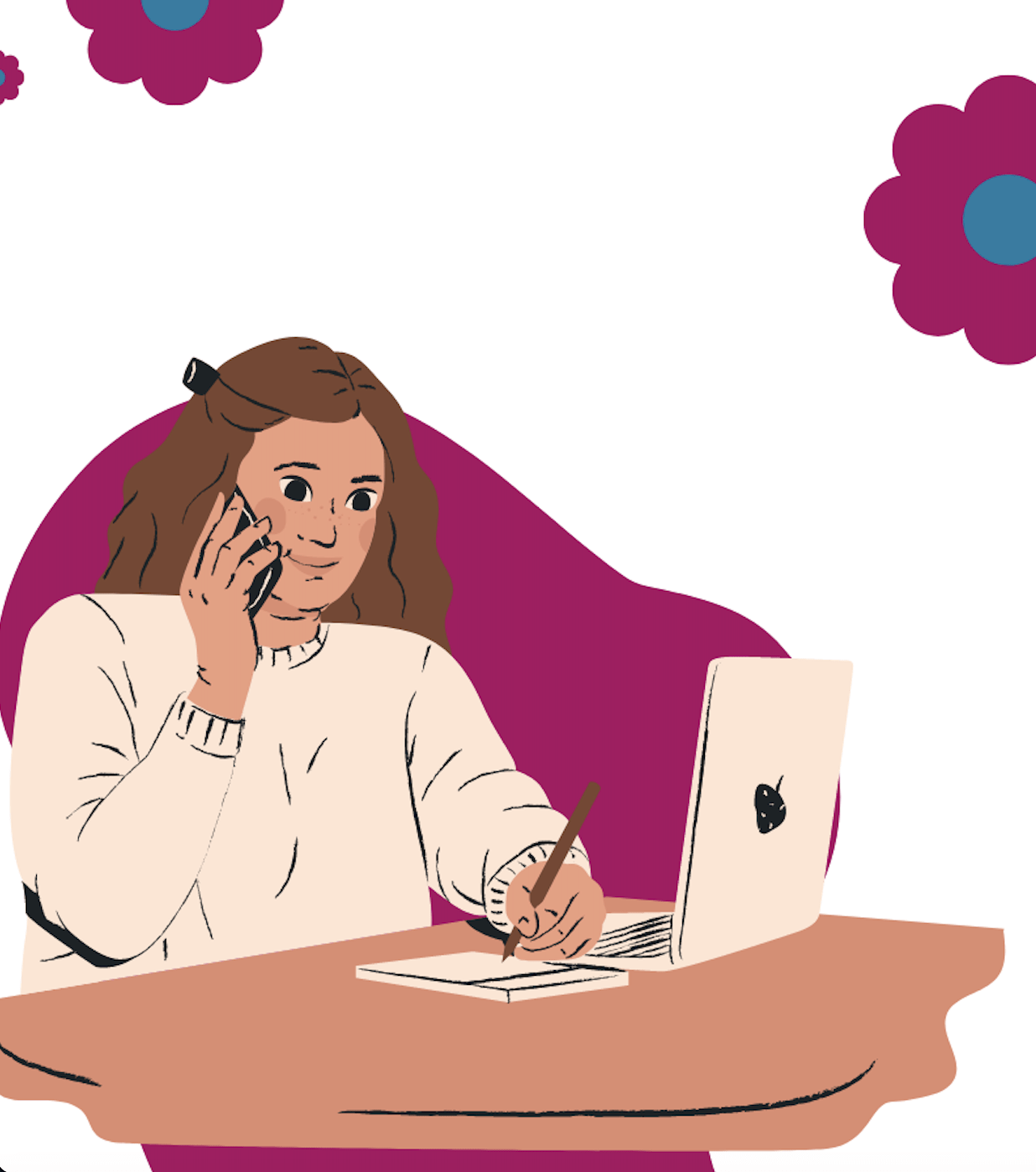
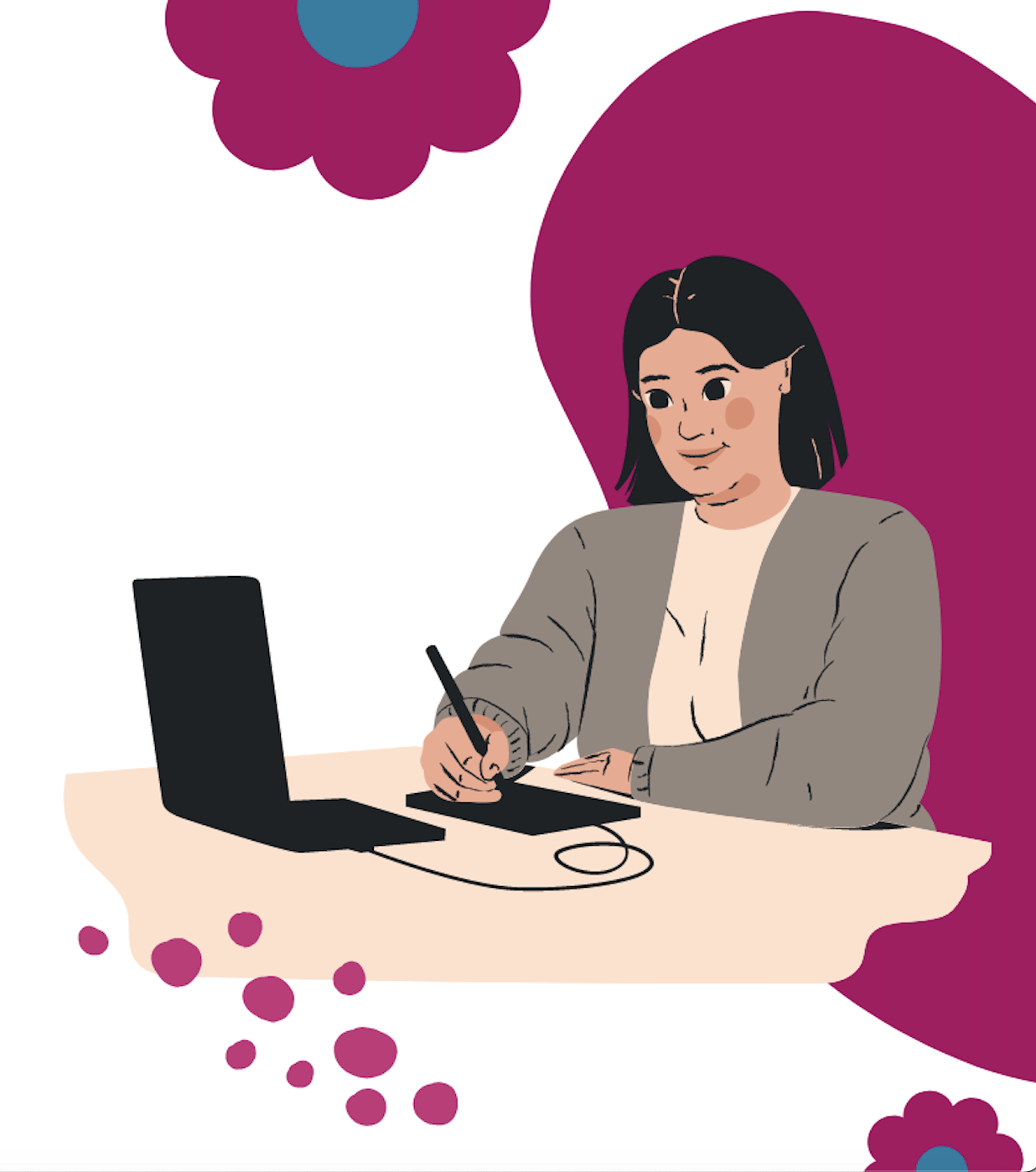
International Women’s Day marks a good time to increase female participation in editing the site or to unforget a female practitioner. We could consider reading a book or an article on a woman digital expert and starting conversations on what we have learned. Therefore, I’ll reiterate that this International Women’s Day we should embrace its theme DigitALL, and spearhead an innovative edit-a-thon, or a Wikipedia-editing community assignment.
As Gardner had put it, “Wikipedia will only contain ‘the sum of all human knowledge’ if its editors are as diverse as the population itself: you can help make that happen. And I can’t think of anything more important to do, than that.”
GET IN TOUCH
… if this is something that interests you, or if you have any questions or suggestions.

